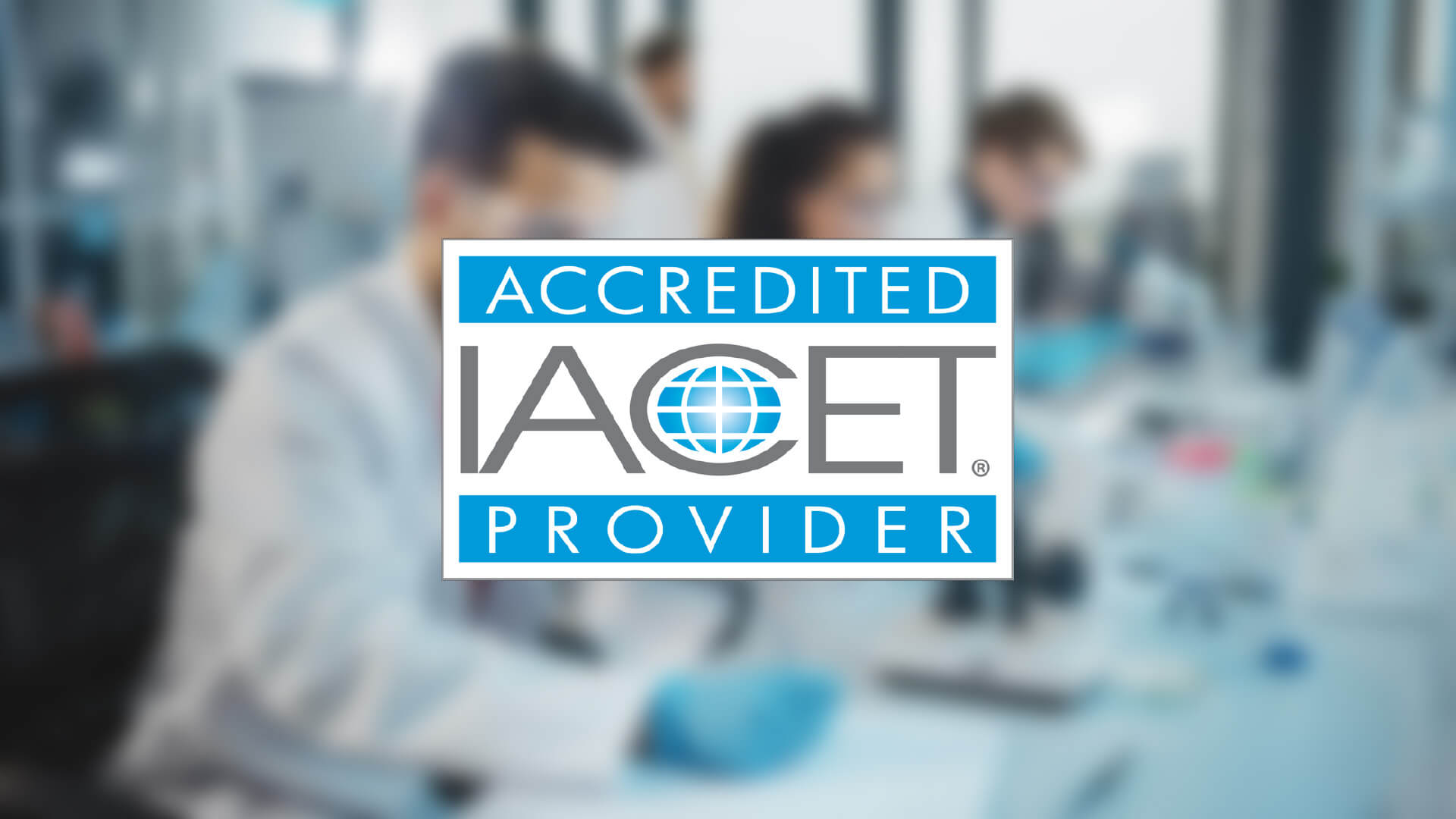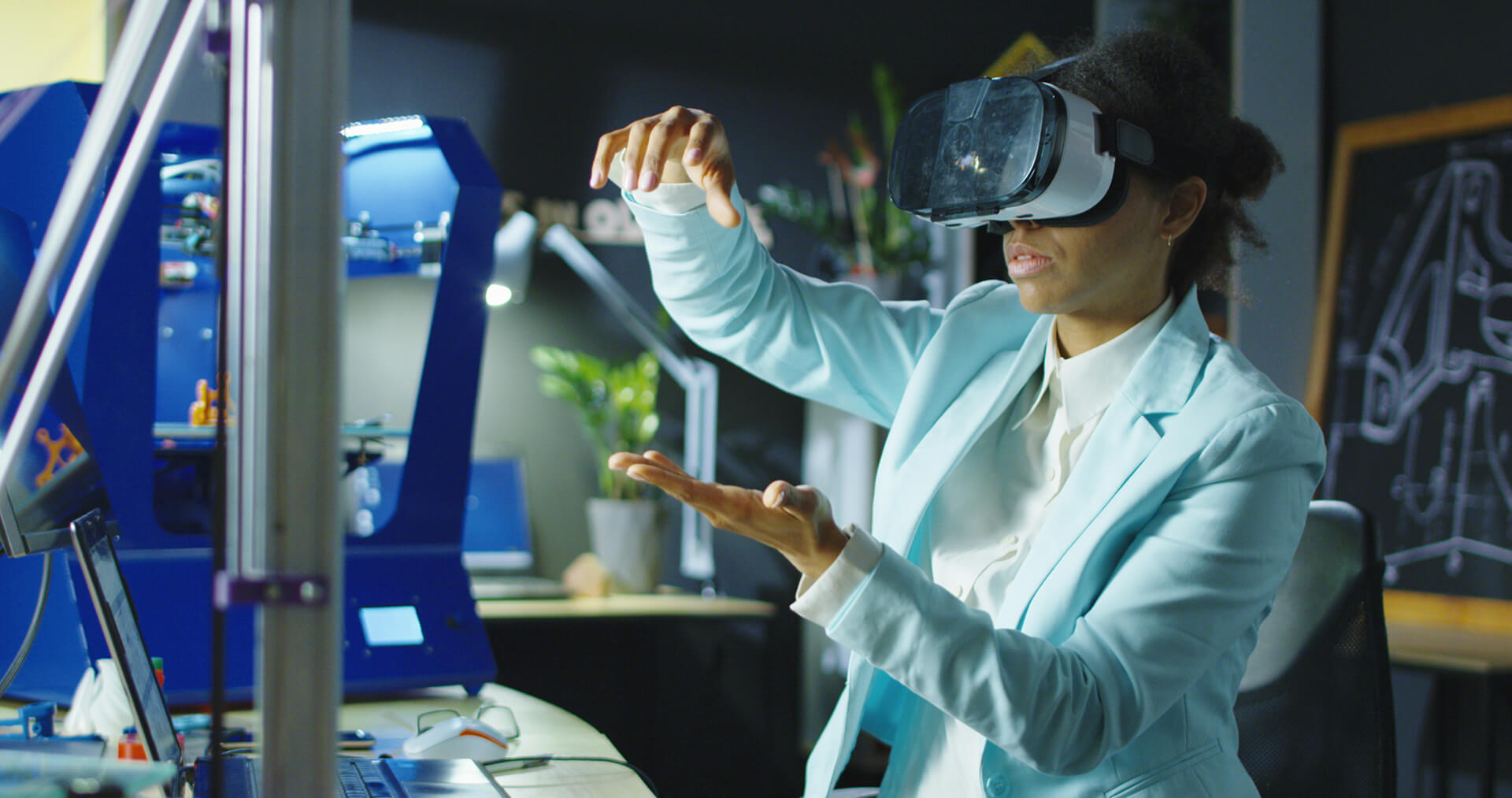
In sterile pharmaceutical manufacturing, education is far more than a regulatory requirement—it is the foundation of patient safety, product quality, and operational reliability. Yet even the most comprehensive training program can fail to achieve its purpose if learners are not fully engaged.
The question becomes: Are you truly managing learning engagement—or just delivering training?
Are You Monitoring How Learners Engage, Not Just Whether They Complete Training?
Tracking training completion is necessary, but it doesn’t tell the full story. True learning engagement focuses on how learners interact with the material, demonstrate understanding, and apply their knowledge in controlled environments.
Ask yourself:
- Are your learners actively participating, or simply completing courses to meet a requirement?
- Do you have systems in place to measure engagement beyond attendance and scores?
When learning engagement is monitored and supported, training shifts from a checkbox exercise to a meaningful learning experience that drives behavioral change.
Are Learners Retaining and Applying What They Learn?
Sterile manufacturing requires precision, consistency, and an understanding of why each procedure matters. Passive training methods often fail to produce lasting results. Interactive activities—such as simulations, knowledge checks, and scenario-based exercises—help learners connect theory to practice.
Consider:
- How do you ensure employees retain essential aseptic and contamination control concepts?
- Do you reinforce key behaviors after training through mentorship or observation?
Without sustained engagement, even the best-designed content can lose its impact over time.
Are You Confident Your Training Supports Compliance and Quality Expectations?
Regulators expect evidence not only of completed training but also of competence. Managing learning engagement provides visibility into learner progress and performance, ensuring gaps are identified and addressed before they affect compliance.
Reflect for a moment:
- Can you easily identify which learners need additional support or coaching?
- When auditors request proof of training effectiveness, can you demonstrate more than completion rates?
Learning engagement data offers early indicators of where additional reinforcement may be needed—protecting both compliance and product integrity.
Are You Encouraging Accountability and Continuous Learning?
Engagement is sustained when learners understand that their education directly affects quality outcomes. A culture of accountability develops when individuals take ownership of their learning journey and supervisors reinforce its importance.
Ask yourself:
- Do employees see training as a personal responsibility or an obligation?
- Are leaders modeling and promoting continuous learning behaviors?
When accountability and learning engagement align, organizations see lasting improvements in both performance and culture.
Are You Maximizing the Potential of Your Educational Platform?
Modern learning platforms offer analytics, progress tracking, and assessment tools—but these features only add value when they are used intentionally. Managing learning engagement means using data to understand how learners progress, where they struggle, and how content can evolve.
Think about:
- Are you leveraging engagement metrics to improve your training programs?
- Do your educational tools align with operational goals and competency standards?
Learning platforms that incorporate engagement analytics turn training into a measurable contributor to operational excellence.
Are You Measuring the Real Impact of Learning?
Ultimately, the purpose of training is to improve on-the-job performance. Effective learning engagement connects educational activities to real-world results such as fewer deviations, more consistent aseptic practices, and stronger audit outcomes.
Consider:
- Can you link your training initiatives to measurable performance improvements?
- Do you periodically review engagement data to refine your programs?
If training results aren’t visible on the production floor, it may be time to reassess how learning engagement is being managed and supported.
Final Thought
In sterile pharmaceutical manufacturing, compliance and precision are non-negotiable—but sustained learning engagement is what makes them possible. Managing engagement ensures that training is not just completed, but truly understood, retained, and applied.
Before your next training cycle begins, ask yourself:
Are we managing learning engagement—or just managing training?
The difference determines whether your organization maintains compliance today—or builds a culture of excellence for the future.










